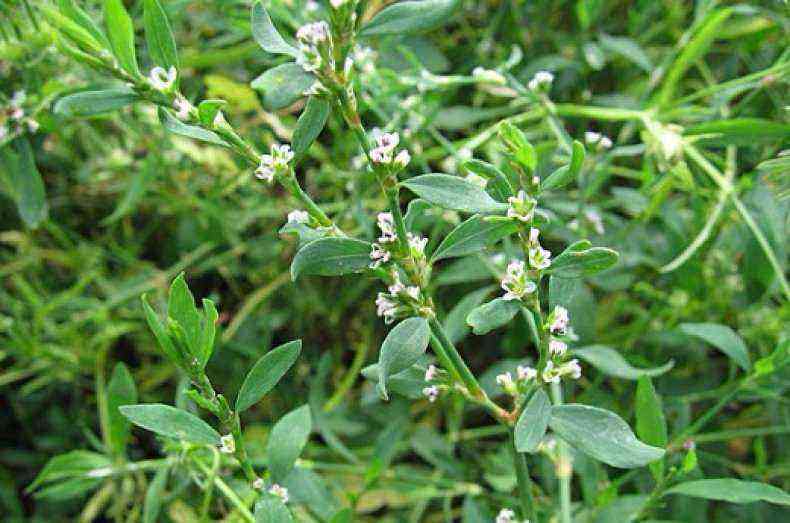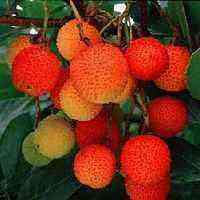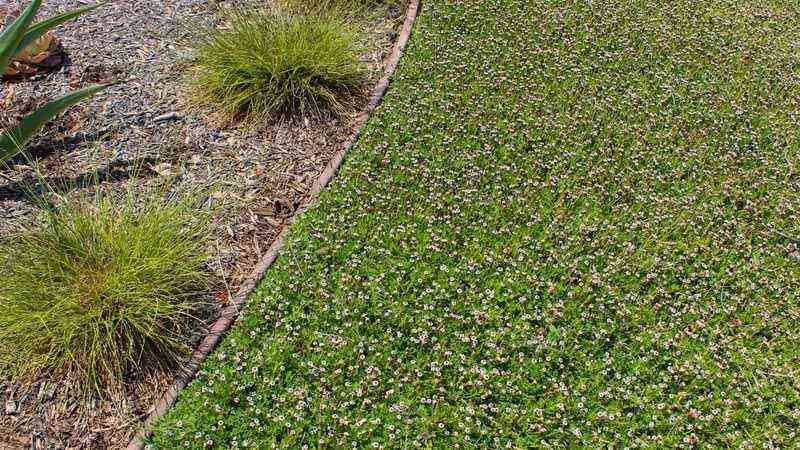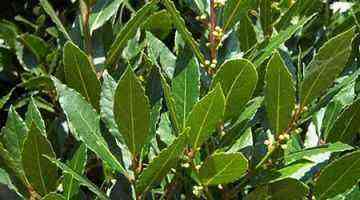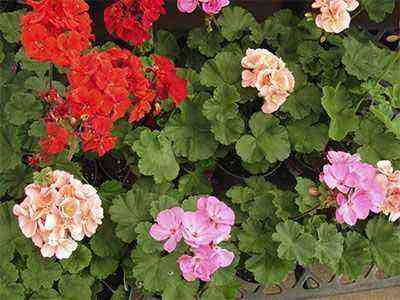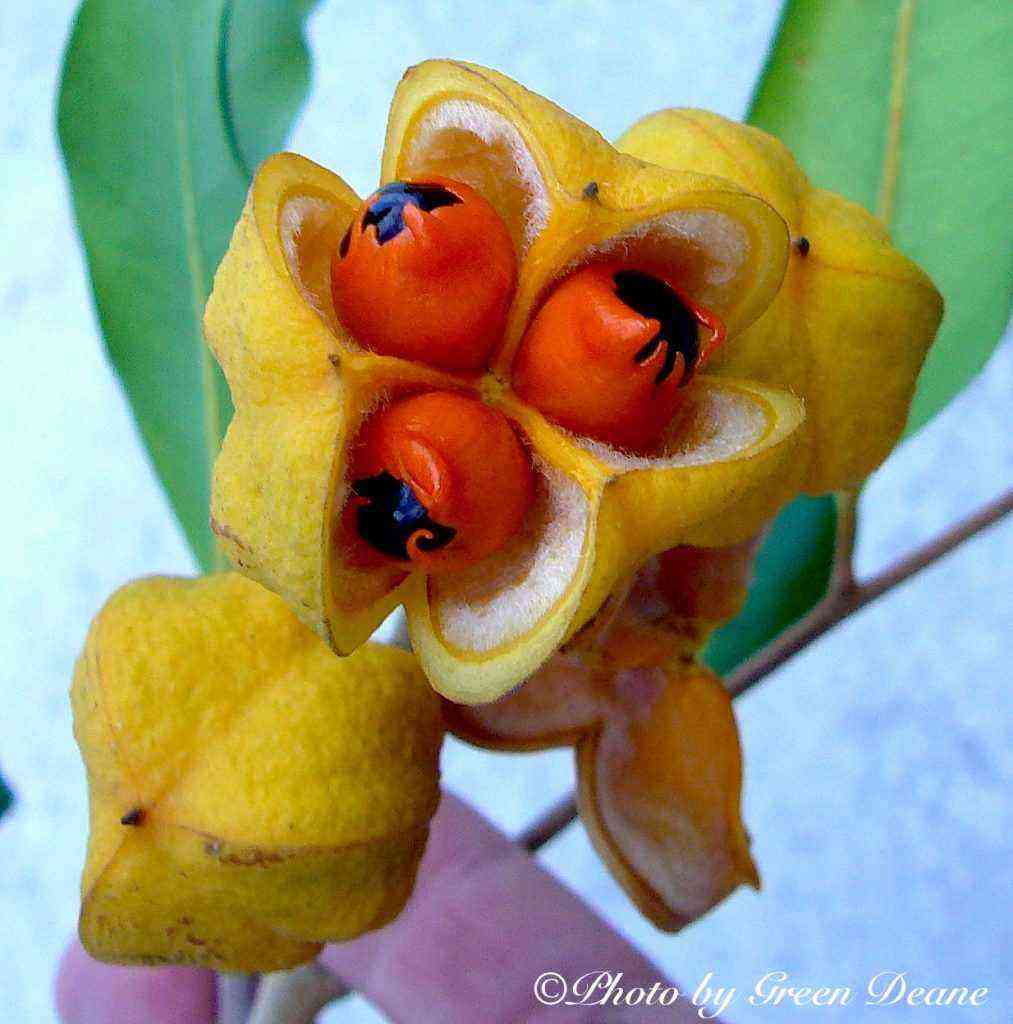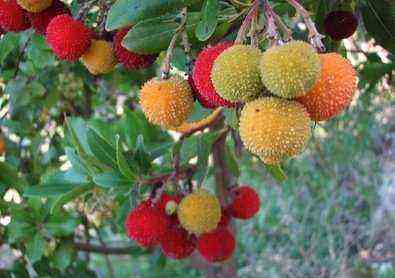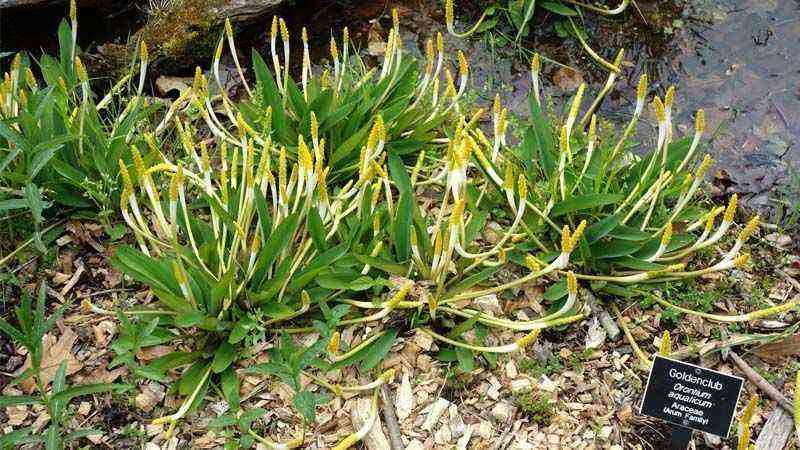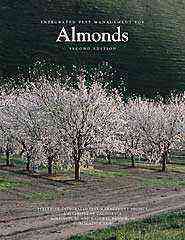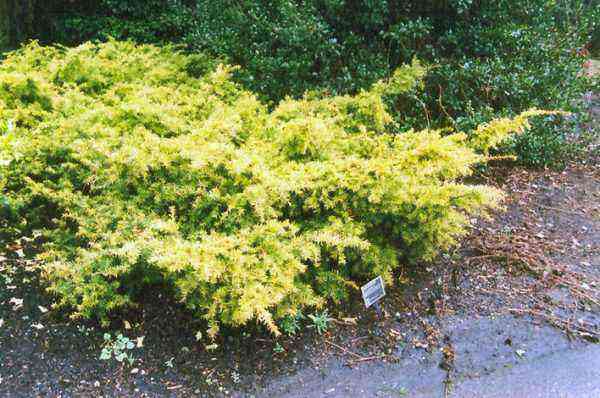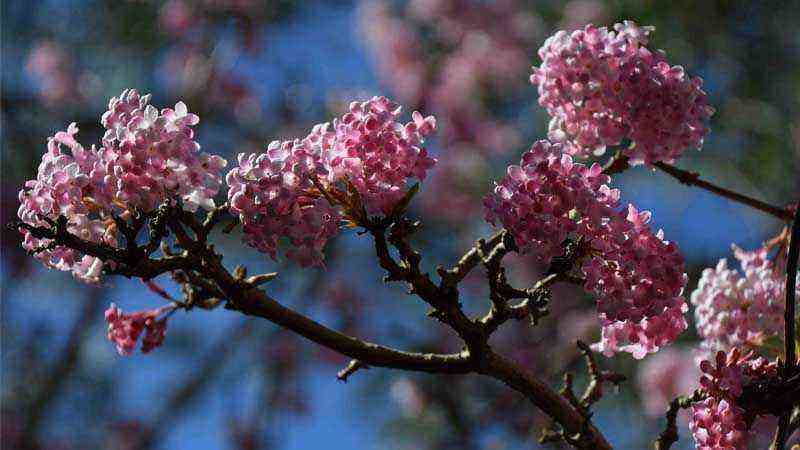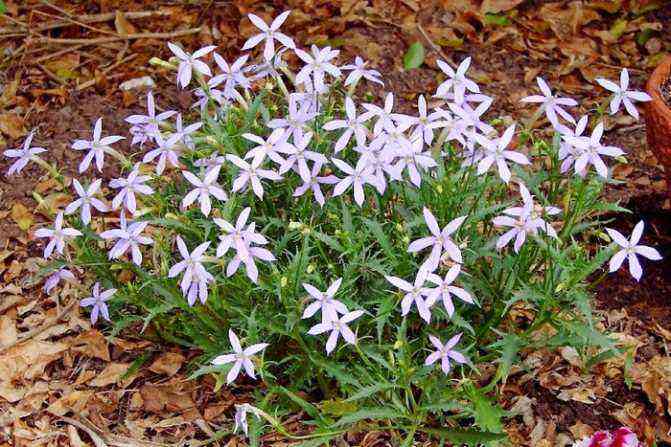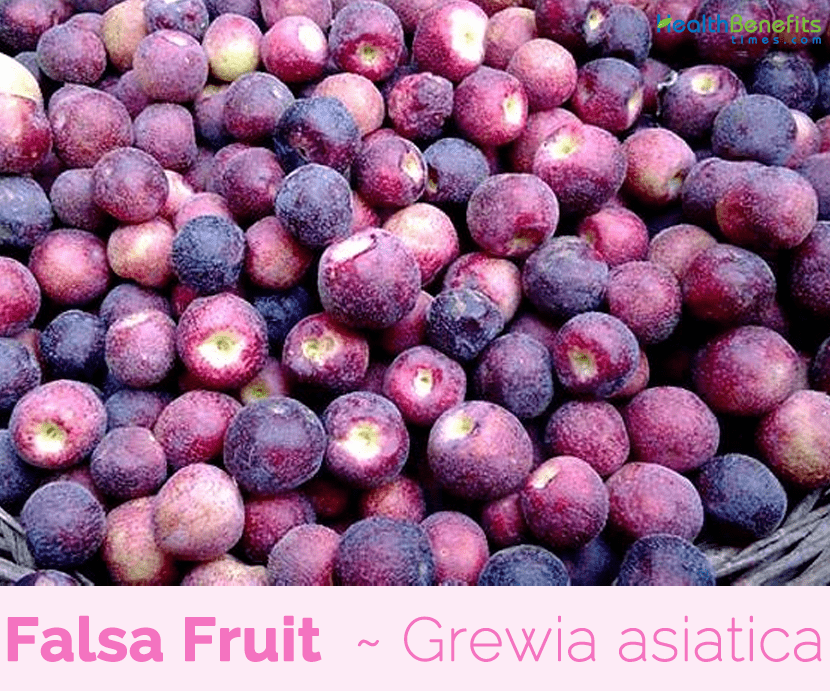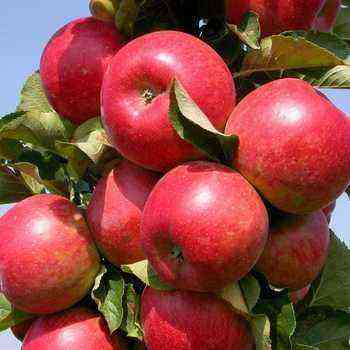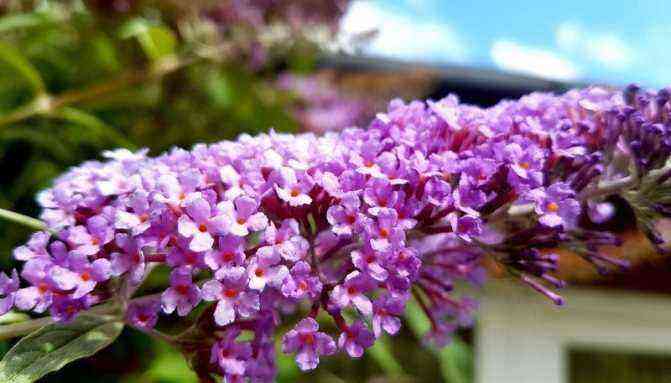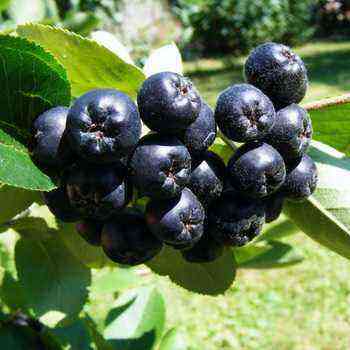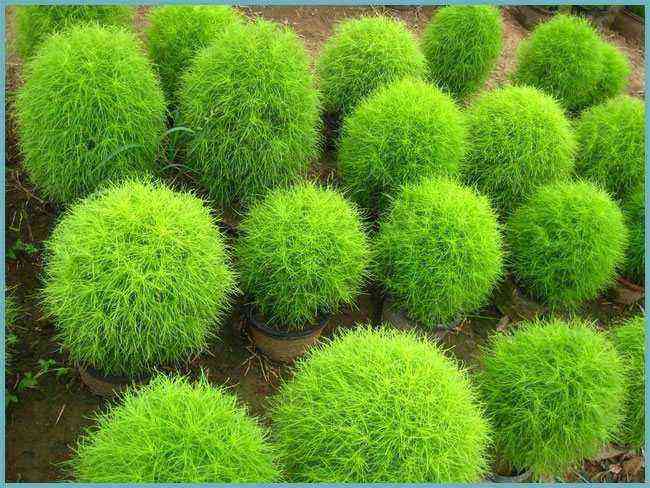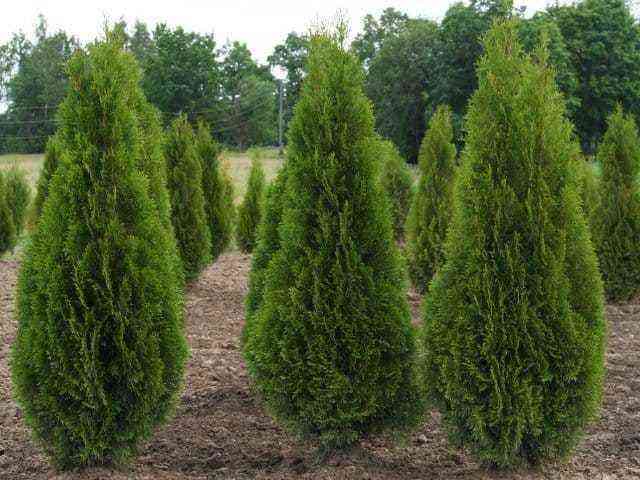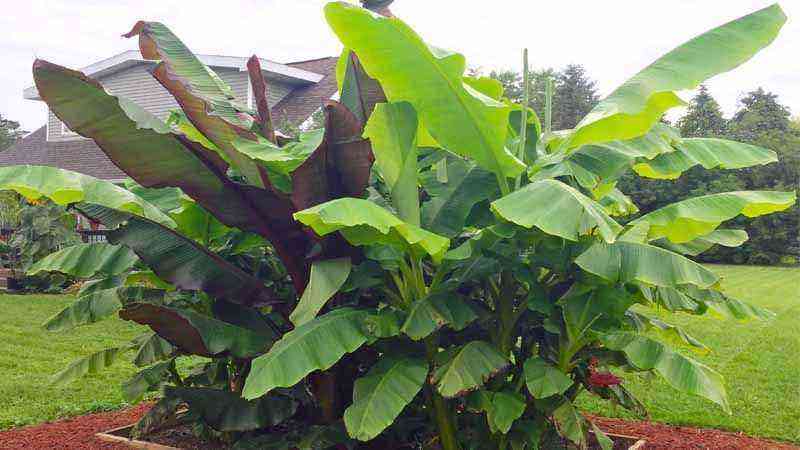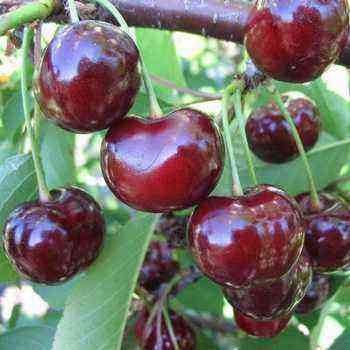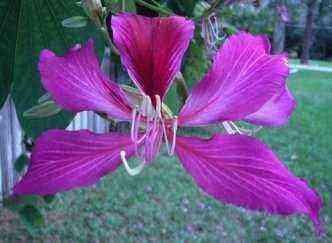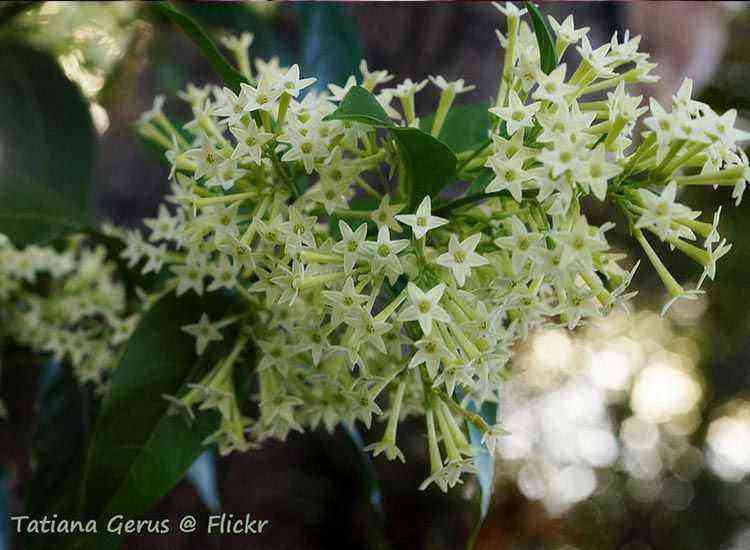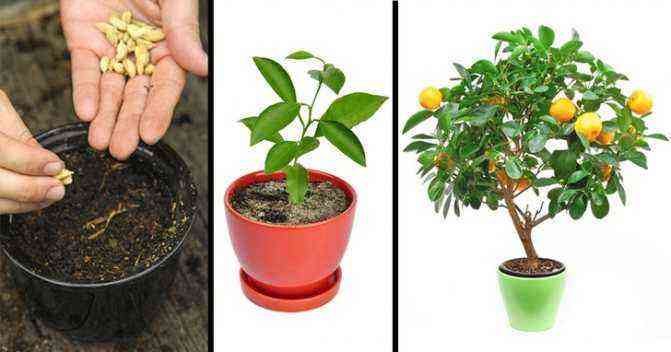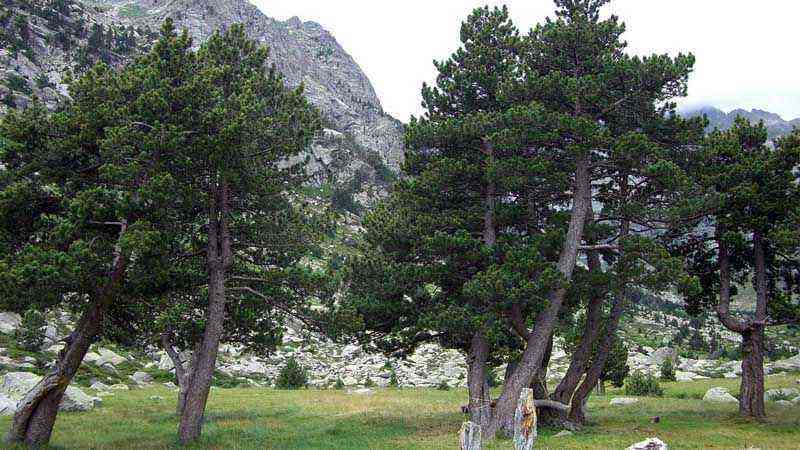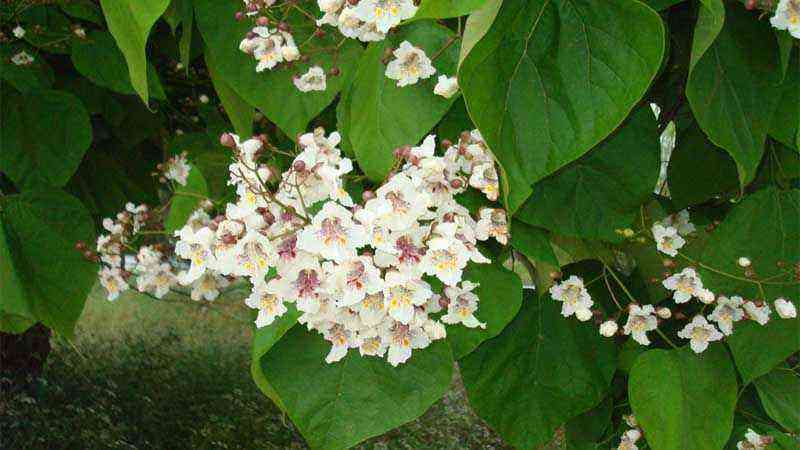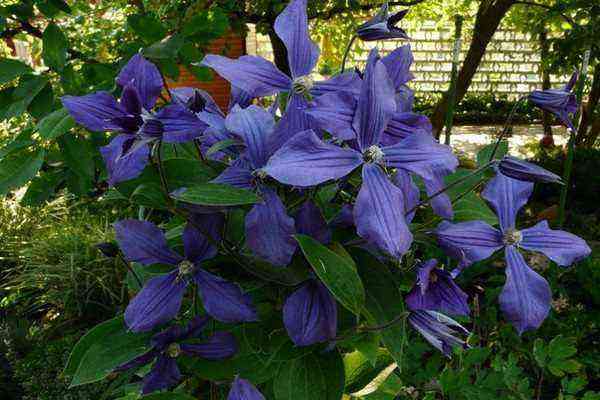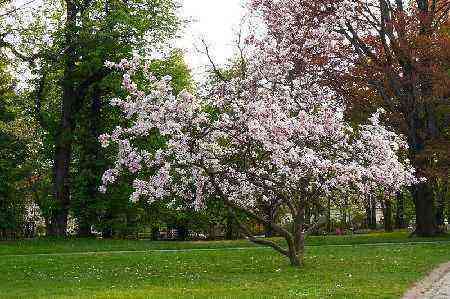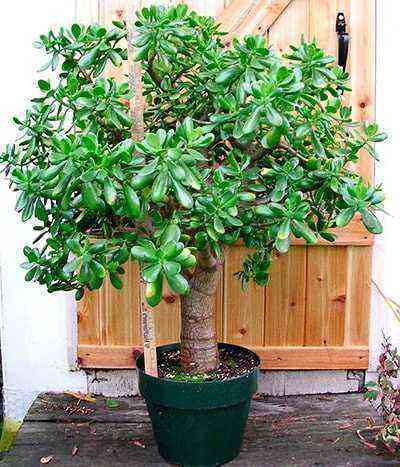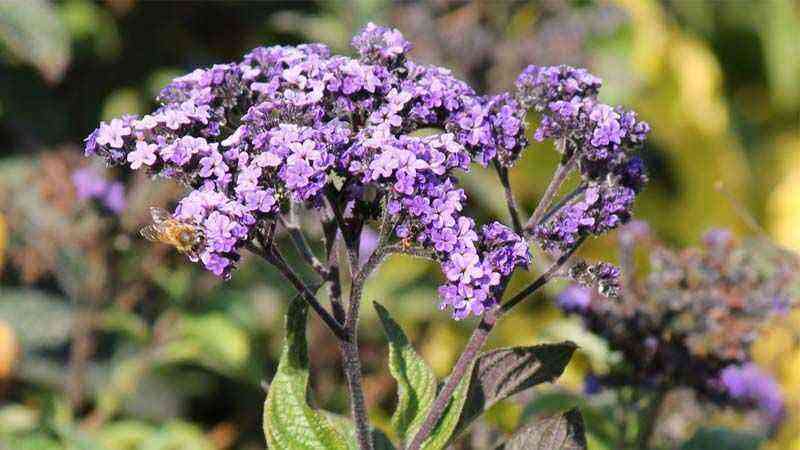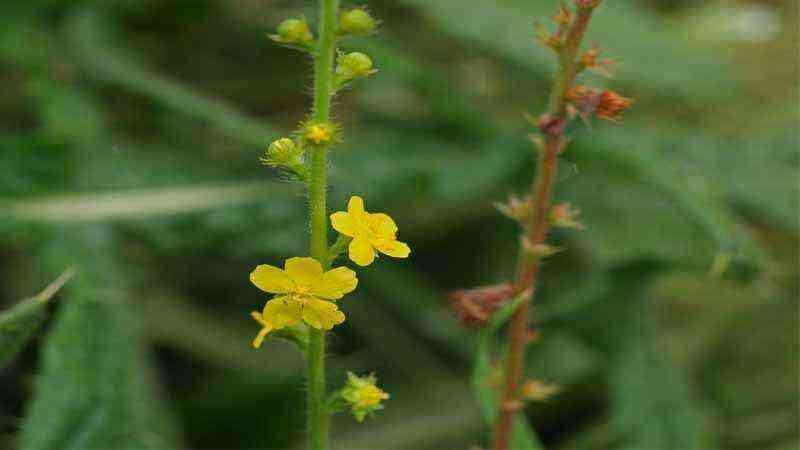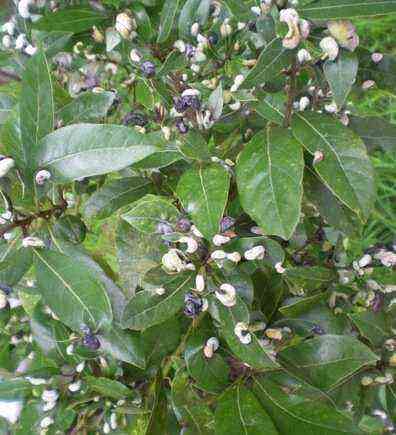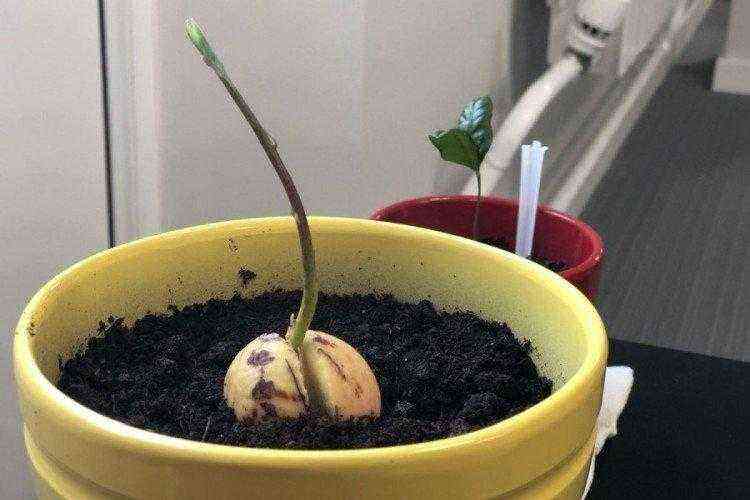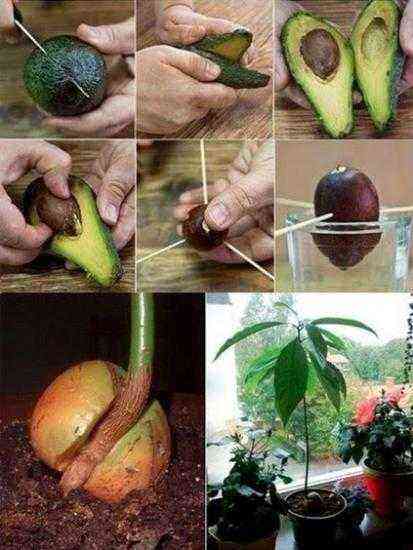In this article we will try to focus on the care and main characteristics of Dipladenia. A species of the genus Mandevilla that enjoys being a plant of great flowering and also being a climber. Its care is not excessively complicated, it all depends on the climate in which we move. Go for it.
Origin of Dipladenia or Mandevilla
It is also known for Mandevilla or Jasmine from Brazil. The name of Mandevilla comes from the genus to which the species belongs (Mandevilla sanderi). About 200 species of the genus are known Mandevilla. The one called Jasmine from Brazil, has to do with the origin of the plant and because it is a climber with fragrant flowers (not all varieties).
The name of the genus, from the taxonomic point of view, has to do with the surname of the man who gave it a name. We know that one of the greatest taxonomist botanists who dedicated himself to classifying plant species was Carlos Linneo and therefore many of the species have an “L.” at the end of the genre. This “L.” It indicates the classifier of the species according to the Linnaean taxonomy and it is still a signature of the famous botanist.
Well this time, We owe the genre to an XNUMXth century Englishman named Henry Joseph Mandeville, a diplomat living in the Americas at that time (Argentina more specifically) who dedicated part of his life to gardening and was a “discoverer” of several species, giving the name of the genus of plants that we comment on here today.
What is Dipladenia like?
The Dipladenias that we can find commercially are surely hybrids between several species of the genus. With this, good flowering plants are achieved and with a very varied range of colors such as white, yellow, red, pink and others less common. The flowers are typically called trumpet flower. In the cover image you have the detail of the flower.
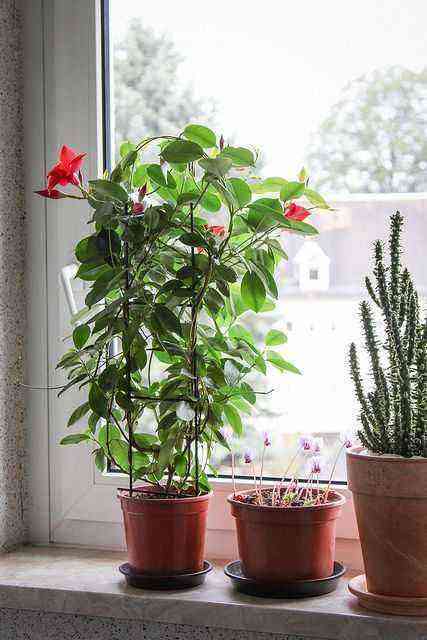

Dipladenia entutorada as an indoor plant. Photo of Maja Dumat
These large and showy flowers are dressed in a lush, bright green foliage that will remain perennial all year in the right climate as we will see later. If we grow it in flowerpots, pots etc. in cold places we must know that it will be given as an annual. It will die with the first cold, unless we can move it indoors, greenhouses or similar.
With proper care, a good climate and annual pruning, this plant achieves some extraordinary, abundant and very long-lasting blooms (up to 6 months).
Dipladenia care
Due to its functional and edaphoclimatic characteristics, it is somewhat reminiscent of the bougainvillea. If this plant is famous for something among garden plants, it is for:
- Su flowering: Abundant and very colorful. This brings color, visual joy, and various much-needed pollinators.
- Su climbing ability, which combined with the above … it is really attractive as an upholstery.
- Su resistance to drought and high temperatures. Taking into account the latter, we are going to see your care
Suitable temperatures and light for dipladenia
In the thermal aspect is where we have to pay special attention to this plant. It is native to America, tropical and subtropical areas. It tolerates long periods of drought thanks to its roots, with tuberous prominences that store enough water and nutrients to withstand good periods of drought.
If you live or have a house in the south of Spain, they are perfect areas. Even that typical summer house that we can’t water all we need for obvious reasons, this climber is a good upholstery solution of the fences.
On the contrary, if you live in areas with cold temperatures in winter, you will have to avoid dipladenia as an outdoor plant. You will have to plant it in a pot to be able to move it to a greenhouse or indoors if you want to keep it all year round. According to the United States Department of Agriculture (USDA) plant hardiness classification, dipladenia has a score of 11. This means that does not withstand prolonged temperatures below 5-10 ºC. This potted plant, well cared for, is very very attractive also as a hanging plant for example on balconies.
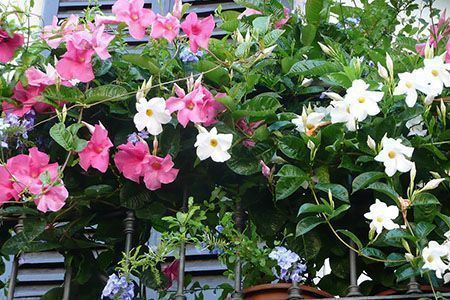

Photo by cristina.sanvito
It needs light, heat (as we have already seen) and good food, as almost all of them except that we do not photosynthesize, for now. Being a tropical and subtropical zone, we cannot place it too far south if the climate is too warm. Heat supports but an excess of dry heat (if you do not live near the sea) can harm it. In these cases it is advisable to look for a situation of moderate sun (only in the morning, facing east).
Irrigation, soil and fertilizer
With regard to the soil, it does not differ from the vast majority of plants. We need a draining soil so as not to flood the roots. It must also be well structured rich in organic matter. Compost solutions, humus with parts of sand, together with the earth itself balance these parameters adequately.
And as with plants in hot and dry areas, the excessive watering is counterproductive. Not by much watering… dipladenia grows faster. Moderate irrigations, scarce. You have it very easy. It is very convenient to enhance flowering to add fertilizers rich in potassium (K), such as those indicated for roses or geraniums.
Pruning
It is one of the most important aspects of this climber. The number of flowers will be greater as much as we can the plant. Pruning stimulates the ramifications, we force the plant to gain in general volume, leafiness and flower stems. When pruning, use gloves, below we will tell you why.
Siembra
It is advisable to make a planting in a pot and then transplanting definitive when it is already a certain size (30-80cm). You can guide it from the pot so that it gains in height, is sustained and increases the foliar surface that will help it to grow faster. Remember to put stones in the bottom and a plate to ensure a good drainage.
Dipladenia Warning. It is toxic!
Although we are being alarmists in this title, we must always be careful especially with pets that tend to go to the plants to purge themselves and children who put everything in their mouths. By ingestion it is a toxic plant like oleanders, the poinsettia and a long etcetera. During pruning, it is practically mandatory to use of gloves since the stem contains an irritating latex for the skin as it also happens with many other plants.
